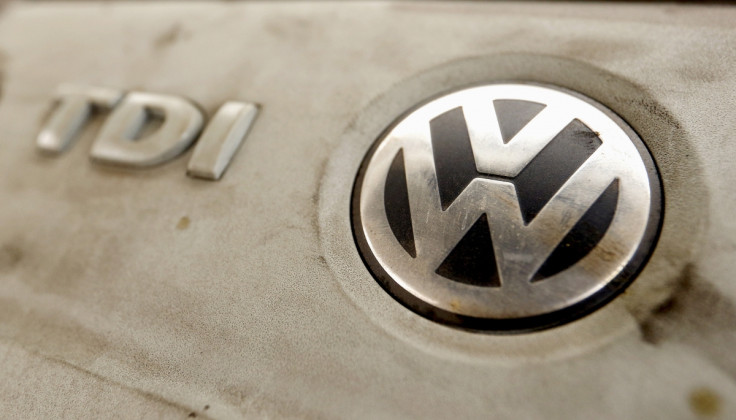VW emissions cheat 'smoking gun' discovered by computer researchers
Computer researchers have discovered how Volkswagen and Audi cars cheated their way through emissions tests.

Computer researchers have found the "smoking gun" buried inside the processors of Volkswagen and Audi cars which allowed them to cheat their way through emissions tests.
The cheating system was uncovered by an international team of researchers who downloaded the code running on Volkswagen computers from the company's own maintenance website, and from forums used by car enthusiasts.
To be presented at a US computer security conference this week, the findings reveal exactly how several models of VW and Audi cars were able to detect when they were being tested for emissions levels, then adjust how the engine runs to pass the test.
Outside of test conditions it was found by the US Environmental protection Agency that some vehicles emitted up to 40 times the legal limit of nitrogen oxide.
"We were able to find the smoking gun. We found the system and how it was used," said research team leader Kirill Levchenko, reports EurekAlert. On discovering the cheat system in code readily available to download and analyse, Levchenko added: "We found evidence of the fraud right there in public view."
Because emissions tests follow a standardised procedure, it is easy for a car's computer to be programmed to recognise it is being tested, then reduce emissions by cutting engine performance until the test is over. Tests involve fitting the car to a rolling road, then subjecting it to a simulation of an urban driving route, including frequent stopping and starting. Because the conditions of these tests are standardised across the industry and known publicly, manufacturers know how to pass them.
EurekAlert reports: "The code found in Volkswagen vehicles checks for a number of conditions associated with a driving test, such as distance, speed and even the position of the wheel. If the conditions are met, the code directs the onboard computer to activate emissions curbing mechanism when those conditions are met."
During the year-long investigation, some 9,000 versions of the computer code were tested, and it was found that 400 included code instructing the vehicle to circumvent the test. Popular cars like the Volkswagen Golf and Audi A1 are among those affected. The code was referred to as "acoustic condition", a decoy attempt to pass it off as instructions to control the sound of the engine and exhaust.
When a test was detected, the code would initiate a new engine profile, limiting power output enough to bring emissions down to legal levels. The code allowed for up to 10 different test-passing engine profiles to be configured, prompting Levchenko to describe the system as "arguably the most complex in automotive history."
© Copyright IBTimes 2024. All rights reserved.






